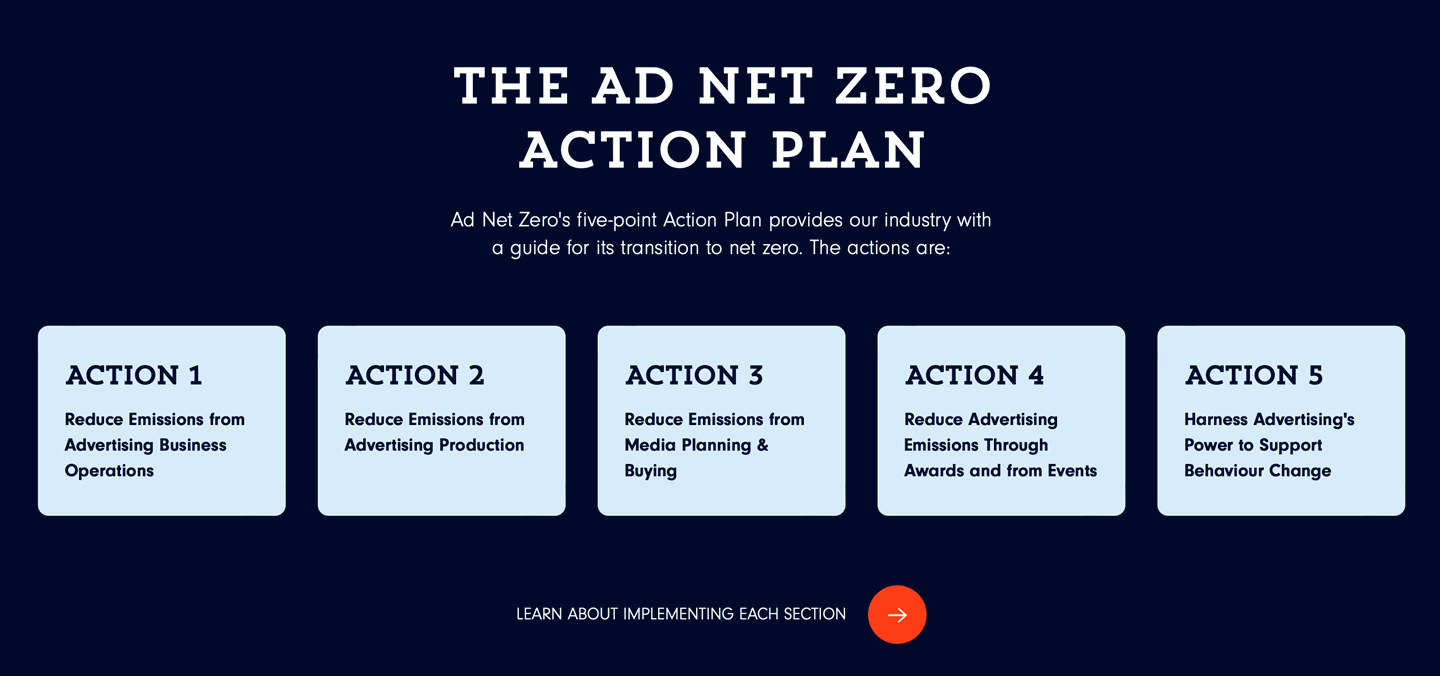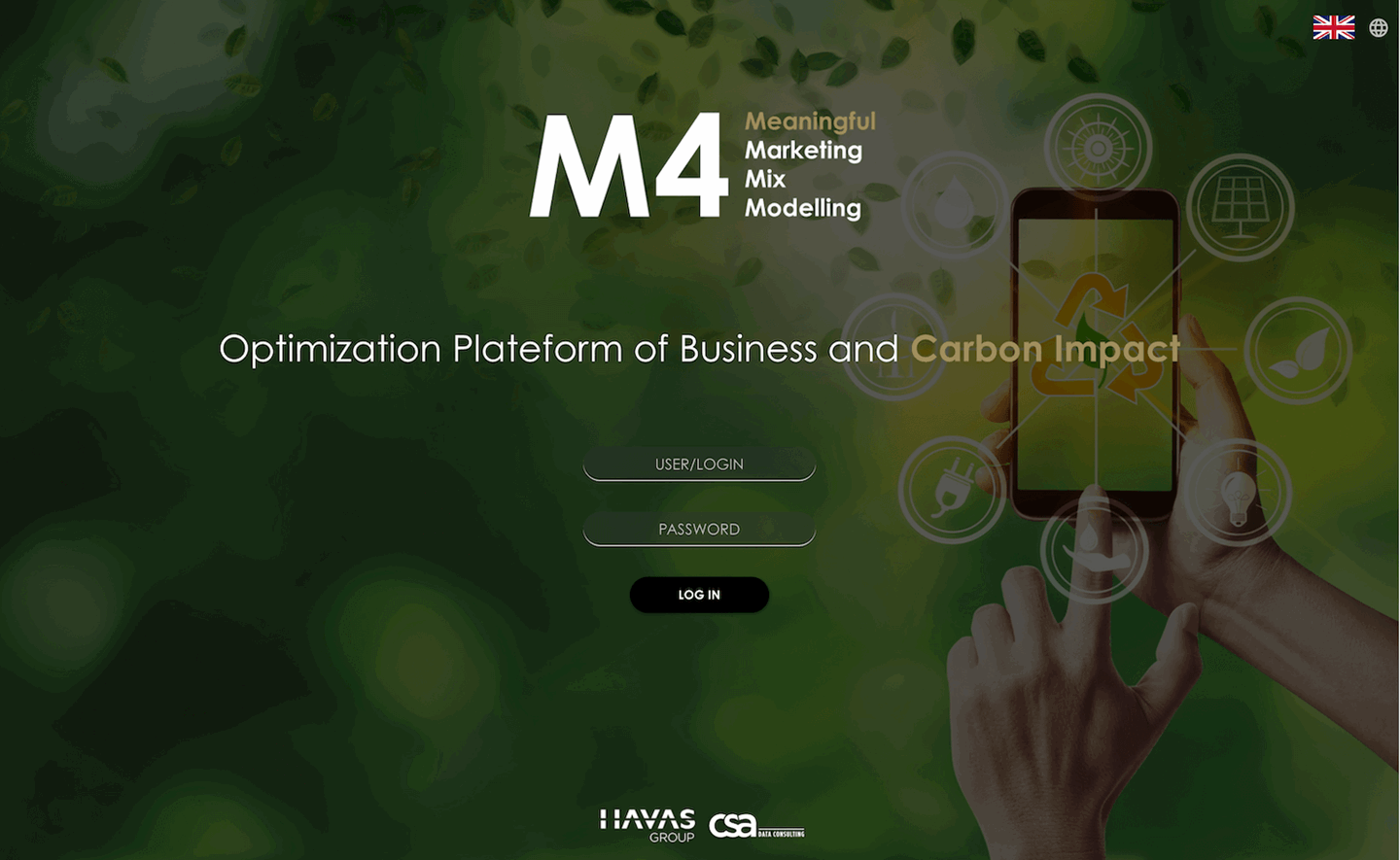In their recent book, Sustainable Advertising, authors Matt Bourn and Sebastian Munden present a thought-provoking outlook for print media. Bourn, Director of Communications for the Advertising Association and Ad Net Zero in the UK, and Munden, Chair of Ad Net Zero and WRAP, delve into the advertising industry’s dual challenge: reducing its own emissions while catalysing positive consumer behaviour for a more sustainable world. Within these pages, they introduce a diverse cast of stakeholders, including advertisers, media owners, and industry players. Their comprehensive exploration encompasses reports, guidelines, playbooks, and case studies, all aimed at aligning with the Paris Climate Agreement. The book’s true value lies in providing a systematic overview of how the advertising industry can actively contribute to lowering CO2 emissions. It highlights the zero-emission goals set by major advertisers, agencies, and tech companies, emphasising that achieving net zero by 2050 is less critical than the commitment of socially responsible companies to an earlier timeline.
The positive force of the ad industry
Consumer skepticism looms over brand sustainability claims, with 60% questioning brand motivations. In response, the book not only offers a Green Claim Guide (WPP) but also delves into existing regulations and environmental claim guidelines (WFA).
Driving demand for sustainable products and services necessitates behavioural shifts in areas like home life, consumption, transportation, and diet. Communication— specifically advertising—plays a pivotal role in catalysing these changes. The authors emphasise advertising’s power to facilitate this transformation. Their exploration includes studies and models that underscore the challenges: “Our economy, infrastructure, norms and media environment are not well designed for those who wish to live sustainably, but without great personal effort or compromise. This is why some-politicians included – recoil the ideas of widespread “behaviour change” either disavowing what they see as the necessary means and /or the ends’ (BIT 2023).
The EAST model—comprising Easy, Attractive, Social, and Timely elements—provides a practical framework for behavioural change. By making actions easy, appealing, socially accepted, and timely, advertisers can nudge consumers toward sustainable choices. Testing messaging and tailoring it to engage disengaged groups further amplifies this impact. Ultimately, these strategies empower the advertising industry to sell better while doing good.
While this optimistic perspective positions the ad industry as a force for positive change toward a net-zero society, it faces significant ethical responsibilities. In an era of fake news, disinformation, greenhushing and greenwashing, advertisers must tread carefully. Their influence extends beyond mere sales—it shapes perceptions, behaviours, and societal norms.






